Corrugated sheets are a fundamental component in various industries, including construction, packaging, and manufacturing. Whether you’re roofing a building, reinforcing structures, or creating packaging materials, understanding the dimensions of corrugated sheets is crucial. This comprehensive guide will delve into the intricate details of corrugated sheet dimensions, covering everything from the types and sizes to their specific applications, benefits, and key considerations when selecting suppliers.
Overview of Corrugated Sheet Dimensions
Corrugated sheets come in a variety of materials, including steel, aluminum, and plastic, each offering different advantages depending on the application. The dimensions of these sheets, including thickness, width, and length, are critical factors that influence their performance, durability, and suitability for specific uses.
This guide will explore the following key aspects:
- Types and Materials: Different types of corrugated sheets, their materials, and the specific dimensions they come in.
- অ্যাপ্লিকেশন: Common uses of corrugated sheets in various industries.
- Technical Specifications: Detailed technical data about the dimensions and properties of corrugated sheets.
- Supplier Selection: Tips on choosing the right supplier for corrugated sheets, considering factors like price, quality, and customer service.
- FAQs: Answers to common questions about corrugated sheets and their dimensions.
Corrugated Iron Sheets Guide
Corrugated iron sheets are widely used in construction, particularly for roofing, due to their strength, durability, and weather resistance. These sheets are available in various dimensions, which are tailored to meet different structural needs.
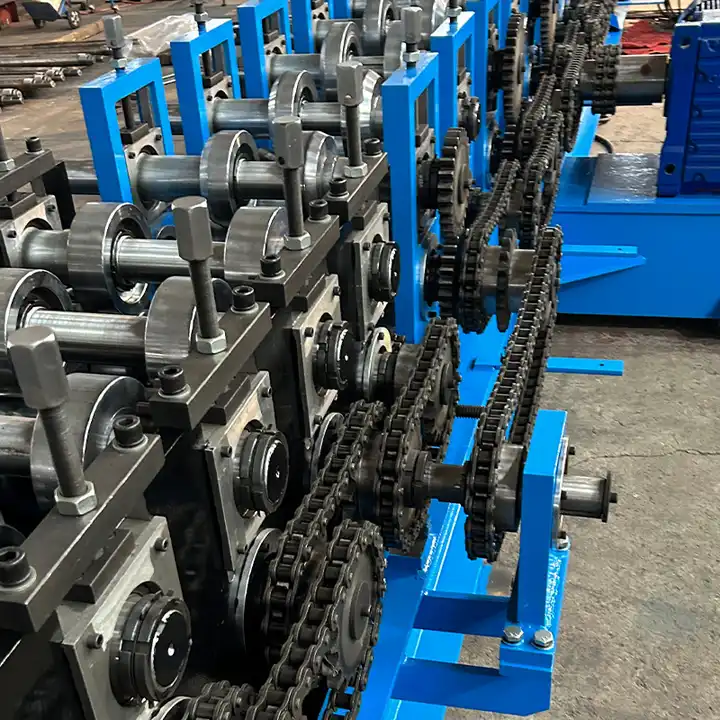
Types of Corrugated Iron Sheets
Corrugated iron sheets come in different profiles, including:
- Galvanized Steel Sheets: Known for their rust resistance, these are commonly used in roofing and siding.
- Pre-Painted Steel Sheets: These sheets are coated with a layer of paint to enhance aesthetics and provide additional protection against corrosion.
- Aluminum Corrugated Sheets: Lighter than steel, these sheets are ideal for structures that require a lightweight yet durable material.
- Plastic Corrugated Sheets: Made from PVC or polycarbonate, these are used where transparency and lightweight properties are important, such as in greenhouse roofing.
Table of Corrugated Sheet Dimensions
Corrugated sheet dimensions vary widely depending on the type and intended use. Here’s a detailed overview:
| Type | Thickness (mm) | Width (mm) | Length (mm) | Weight (kg/m²) | Material |
|---|---|---|---|---|---|
| Galvanized Steel Sheets | 0.5 – 1.2 | 600 – 1250 | 1800 – 6000 | 3.5 – 7.5 | Steel |
| Pre-Painted Steel Sheets | 0.4 – 1.0 | 600 – 1250 | 1800 – 6000 | 3.0 – 7.0 | Steel |
| Aluminum Corrugated Sheets | 0.3 – 1.0 | 600 – 1200 | 1800 – 5000 | 1.5 – 5.0 | Aluminum |
| Plastic (PVC/Polycarbonate) | 0.8 – 2.0 | 600 – 1200 | 1800 – 6000 | 1.0 – 3.0 | PVC/Polycarbonate |
Working Process of Corrugated Sheet Dimensions
Corrugated sheets are produced through a process known as roll forming. This involves passing the metal sheet through a series of rollers that shape it into the desired profile. The process is highly efficient and allows for the production of sheets in various dimensions, tailored to specific customer needs.
The key steps in the roll forming process include:
- Feeding: Raw metal sheets are fed into the roll forming machine.
- Forming: The sheets pass through multiple sets of rollers, gradually forming the corrugated profile.
- Cutting: After forming, the sheets are cut to the desired length using precision cutting tools.
- Finishing: The edges of the sheets are trimmed, and any additional treatments (such as galvanizing or painting) are applied.
This process ensures that each corrugated sheet meets strict dimensional tolerances and quality standards, making them suitable for various applications.
-
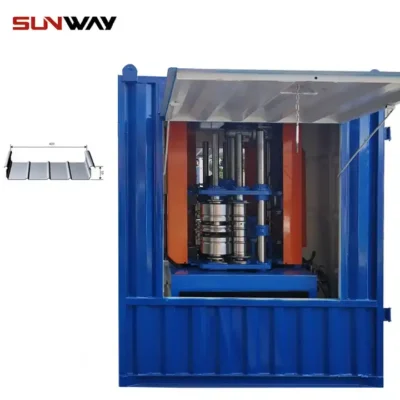 Standing Seam Roof Panel Curving Machine
Standing Seam Roof Panel Curving Machine -
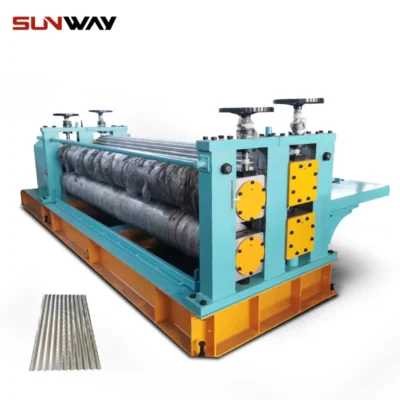 ব্যারেল ঢেউতোলা রোল ফর্মিং মেশিন
ব্যারেল ঢেউতোলা রোল ফর্মিং মেশিন -
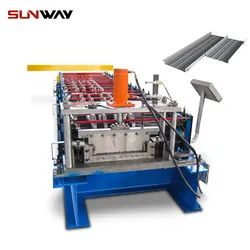 Stand Seaming Roof Panel Roll Forming Machine
Stand Seaming Roof Panel Roll Forming Machine -
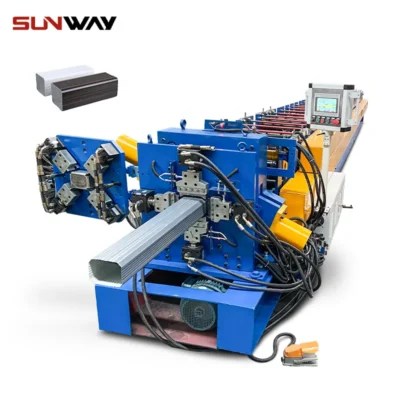 ডাউনস্পাউট পাইপ রোল তৈরির মেশিন
ডাউনস্পাউট পাইপ রোল তৈরির মেশিন -
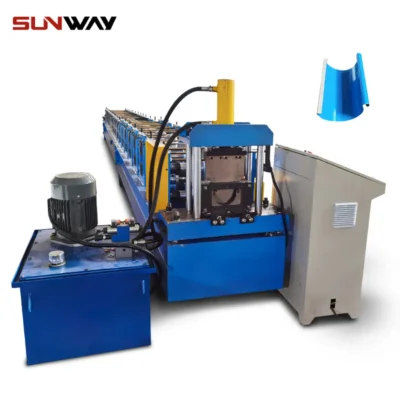 গটার রোল তৈরির মেশিন
গটার রোল তৈরির মেশিন -
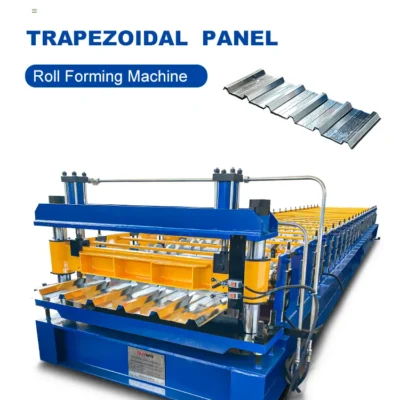 Trapezoidal Panel Roll Forming Machine
Trapezoidal Panel Roll Forming Machine -
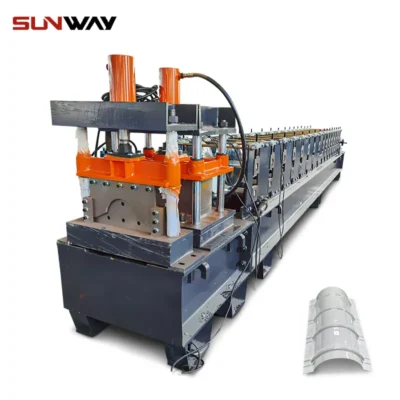 রিজ ক্যাপ রোল ফর্মিং মেশিন
রিজ ক্যাপ রোল ফর্মিং মেশিন -
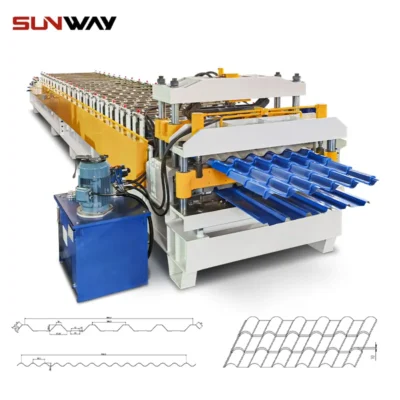 ডাবল লেয়ার প্যানেল রোল তৈরির মেশিন
ডাবল লেয়ার প্যানেল রোল তৈরির মেশিন -
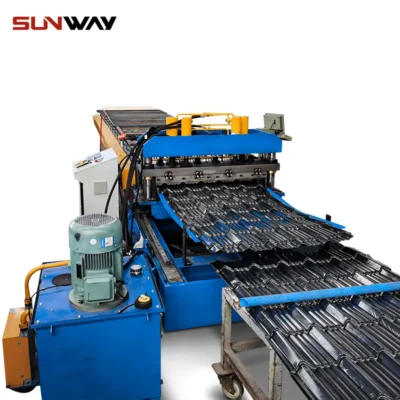 ছাদের টাইল প্যানেল রোল তৈরির মেশিন
ছাদের টাইল প্যানেল রোল তৈরির মেশিন
Key Components and Their Functions
Understanding the key components involved in the production and application of corrugated sheets is crucial. Here’s a breakdown:
| Component | Function |
|---|---|
| Rollers | Shape the metal sheet into the corrugated profile. |
| Cutting Tools | Precisely cut the sheets to the required length. |
| Feed Mechanism | Ensures consistent and smooth feeding of raw materials. |
| Coating Equipment | Applies protective coatings (e.g., galvanizing, paint). |
| Trimming Tools | Cleanly trim the edges of the sheets for a finished look. |
Machine Speed and Efficiency
The efficiency of the roll forming machine is crucial for meeting production demands. Here’s a comparison of machine speeds and efficiencies:
| Machine Type | Speed (m/min) | Efficiency (%) | আবেদন |
|---|---|---|---|
| Standard Roll Forming Machine | 10 – 20 | 80 – 90 | General-purpose corrugated sheets |
| High-Speed Roll Forming Machine | 30 – 50 | 90 – 95 | High-volume production |
| Precision Roll Forming Machine | 5 – 15 | 85 – 95 | Precision-dimension sheets |
Customized Mechanical Parameters
Depending on the application, corrugated sheets can be customized to meet specific mechanical parameters. Here’s an overview of some customizable options:
| Parameter | Range | Description |
|---|---|---|
| পুরুত্ব | 0.3 – 2.0 mm | Thickness can be adjusted based on load requirements. |
| Width | 600 – 1250 mm | Width customization allows for fitting specific structures. |
| Profile Depth | 10 – 30 mm | The depth of the corrugations can be customized for strength. |
| Coating Thickness | 20 – 275 g/m² | Coating thickness can be increased for better corrosion resistance. |
Applications of Corrugated Sheet Dimensions
Corrugated sheets are versatile and find use in a variety of industries. Here’s a look at some of the most common applications:
| Application Area | Material Used | Key Benefits |
|---|---|---|
| Roofing | Galvanized Steel, Aluminum | Durability, weather resistance, lightweight |
| Wall Cladding | Pre-Painted Steel, Aluminum | Aesthetic appeal, easy installation |
| Greenhouses | Polycarbonate | Transparency, UV resistance, lightweight |
| Packaging | Plastic (PVC) | Protection, lightweight, cost-effective |
| Fencing | Galvanized Steel, PVC | Security, rust resistance, easy maintenance |
| Automotive | Aluminum, Steel | Lightweight, strength, corrosion resistance |
| Agricultural Buildings | Galvanized Steel | Durability, cost-effective |
| Temporary Structures | Aluminum, PVC | Portability, easy installation and removal |
Installation, Operation, and Maintenance
Proper installation, operation, and maintenance are key to ensuring the longevity and performance of corrugated sheets. Here are some guidelines:
| Process | Best Practices |
|---|---|
| Installation | Ensure proper alignment and secure fastening to prevent leaks. |
| Operation | Regularly inspect for any signs of wear or damage. |
| Maintenance | Clean periodically to remove dirt, debris, and prevent corrosion. |
Suppliers and Price Range Details
When selecting a supplier for corrugated sheets, it’s essential to consider the price, quality, and service. Here’s a comparison of some leading suppliers and their price ranges:
| Supplier | Material Provided | Price Range (per m²) | Customer Rating |
|---|---|---|---|
| ABC Metals Ltd. | Galvanized Steel, Aluminum | $5 – $15 | 4.5/5 |
| Roofing Supplies Co. | Pre-Painted Steel | $7 – $20 | 4.7/5 |
| Greenhouse Materials Inc. | Polycarbonate, PVC | $3 – $10 | 4.3/5 |
| Industrial Sheets & Panels | Mixed Metals | $6 – $18 | 4.4/5 |
How to Choose the Right Supplier
Choosing the right supplier is crucial for ensuring you get high-quality corrugated sheets that meet your needs. Here’s a guide to help you make the right choice:
- Reputation: Look for suppliers with a strong track record and positive customer reviews.
- গুণ নিশ্চিত করা: Ensure the supplier offers certified materials that meet industry standards.
- Customization Options: Choose a supplier that can customize the dimensions and coatings to your specifications.
- Price vs. Value: Consider not just the price, but also the value you’re getting for your money. Sometimes, paying a bit more can mean significantly better quality or longer-lasting materials.
Comparing Pros and Cons of Different Corrugated Sheet Types
When choosing between different types of corrugated sheets, it’s important to weigh the pros and cons. Here’s a comparative look at the most common types:
| Type | Pros | Cons |
|---|---|---|
| Galvanized Steel | Durable, rust-resistant, cost-effective. | Heavier, prone to denting, can be less visually appealing. |
| Pre-Painted Steel | Aesthetic appeal, additional corrosion resistance, easier maintenance. | Higher cost, paint may peel over time. |
| Aluminum | Lightweight, excellent corrosion resistance, easy to work with. | More expensive, can be less strong compared to steel. |
| Plastic (PVC/Polycarbonate) | Lightweight, UV resistant, transparent options available. | Less durable under heavy loads, can be prone to warping. |
Key Considerations When Choosing Corrugated Sheets
Selecting the right corrugated sheet involves more than just picking a size. Consider the following factors:
- Environment: Will the sheets be exposed to harsh weather, chemicals, or heavy loads? Choose materials that can withstand these conditions.
- Load-Bearing Requirements: Depending on your application, you might need thicker or more robust sheets.
- Aesthetics: For visible applications, such as wall cladding or roofing, appearance may be important. Opt for pre-painted or aluminum sheets if aesthetics are a priority.
- Budget: Balance cost with the sheet’s performance and durability. Sometimes spending a bit more upfront can save you on maintenance and replacements in the long run.
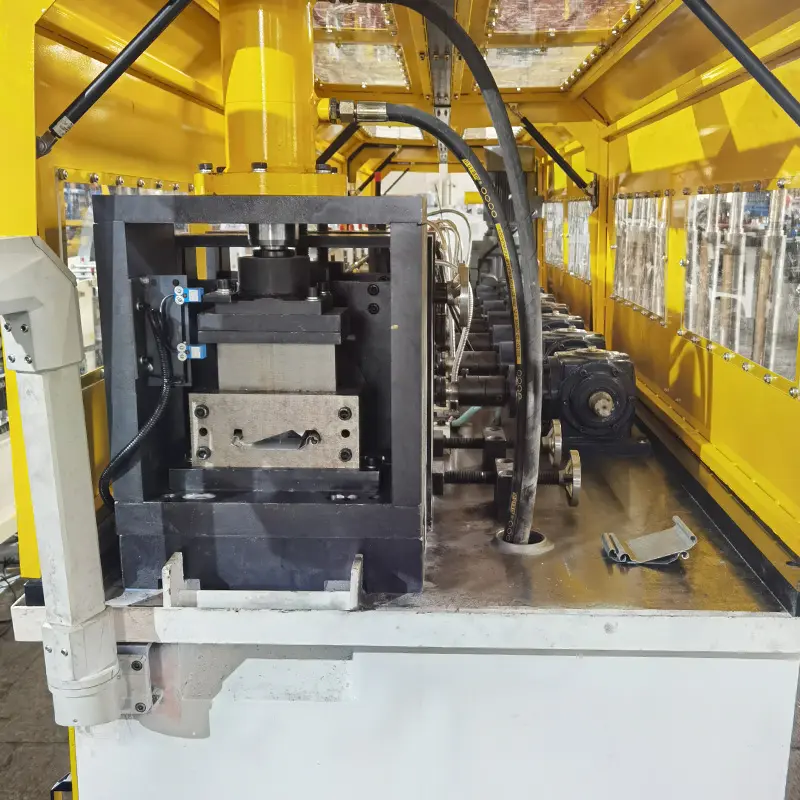
FAQ
Here’s a helpful FAQ section to answer common questions regarding corrugated sheet dimensions:
| Question | Answer |
|---|---|
| What are the standard dimensions of corrugated sheets? | Standard dimensions vary, but commonly they range from 600 to 1250 mm in width and 1800 to 6000 mm in length, with thicknesses from 0.3 to 2.0 mm. |
| How do I choose the right thickness for my project? | The thickness depends on the load-bearing requirements. For roofing, thicker sheets are generally preferred for greater durability. |
| Are there custom sizes available? | Yes, many suppliers offer customization options to meet specific needs, including different thicknesses, widths, and lengths. |
| How do corrugated sheets compare to flat sheets? | Corrugated sheets offer better strength-to-weight ratios and are more flexible, making them suitable for a variety of structural applications. |
| What is the best material for outdoor applications? | Galvanized steel or pre-painted steel are ideal for outdoor use due to their resistance to weather and corrosion. |
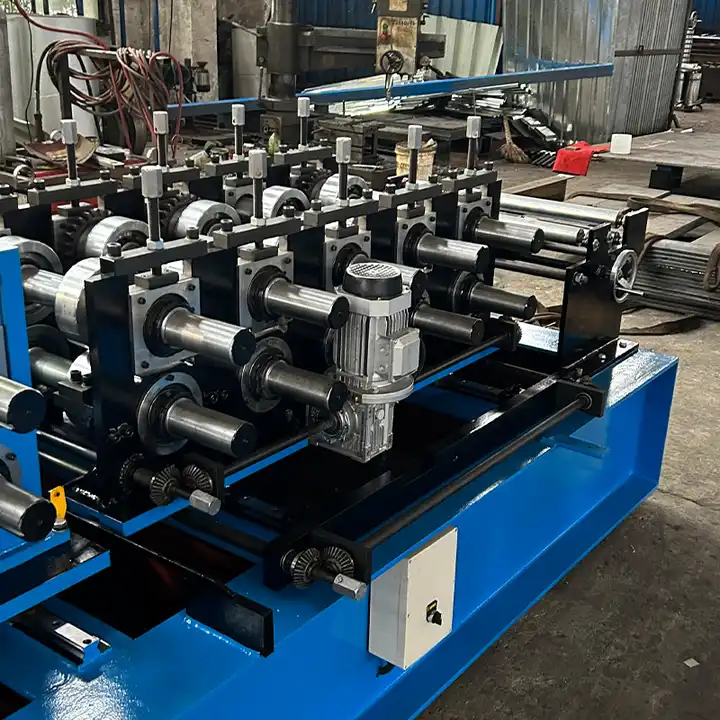
উপসংহার
Understanding corrugated sheet dimensions is crucial for selecting the right materials for your projects. Whether you’re looking for strength, durability, or aesthetics, the various types and dimensions available ensure that there is a suitable option for every need. By carefully considering the material, dimensions, and applications, and choosing the right supplier, you can make informed decisions that enhance the performance and longevity of your corrugated sheets.
If you have further questions or need specific recommendations, don’t hesitate to reach out to suppliers or industry experts. They can provide additional insights tailored to your unique requirements.
